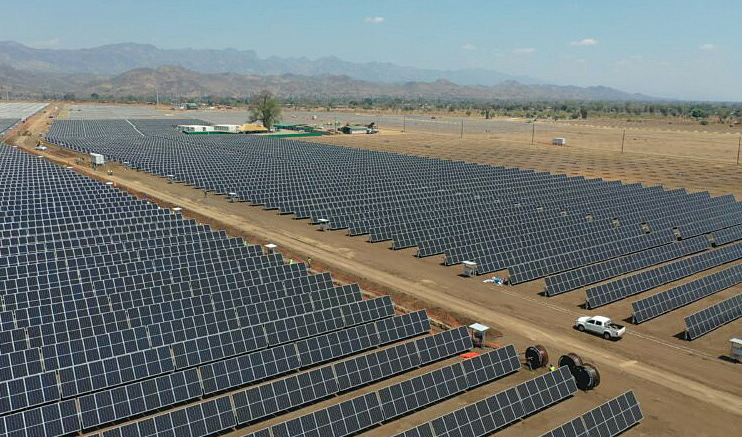Food prices push up inflation to 28.8%
Malawi’s inflation rate for April 2023 has hit a 10-year high of 28.8 percent largely due to continued increase in food prices, National Statistical Office (NSO) figures show.
NSO data shows that when compared to March this year, the rate of the increase in the prices of goods and services over a given period, rose by 1.8 percentage points from 27 percent.
During the period under review, food inflation rate rose to 37.9 percent from 32.4 percent in March while non-food inflation rate declined by 1.9 percentage points to 18.5 percent from 20.4 percent in March, according to NSO.
Consumers Association of Malawi executive director John Kapito said in an interview yesterday that though maize prices have eased, they continue to pose challenges considering the significance of maize in the inflation basket.
He said: “Since maize is one of the key components in the inflation basket, its price has created challenges for consumers as we have noted a sharp rise in the cost of living.”

In Malawi, maize, as part of the food component, accounts for about 53.7 percent of the consumer price index, an aggregate basket of goods and services used for computing inflation.
Ironically, this rise in inflation rate comes at a time maize prices have started to ease.
Experts have also attributed the high demand for maize to Cyclone Freddy, which hit the Southern Region in March, destroyed crops, infrastructure and displaced over half a million people.
Economic statistician Alick Nyasulu said in an interview yesterday that inflationary pressures will persist due to the weather shocks and low food output this year.
He said: “Fertiliser prices have gone up and besides the prices, it was so limited, resulting in a lower harvest of maize, the main inflation driver.
“We should expect further increase in inflation unless there is some intervention by government to flood the market with maize.”
Meanwhile, old maize prices decreased from K734 per kilogramme to K626 per kg between the final weeks of March and April while new maize declined from K533 per kg to K483 per kg, according to International Food Policy Research Institute.
Meanwhile, Reserve Bank of Malawi (RBM) has warned that the country’s inflation rate faces considerable risks which could keep it elevated further than projected.
Last month, RBM raised the policy rate, the rate at which commercial banks borrow from the central bank, from 18 percent to 22 percent largely due to the continued rise in inflation.





